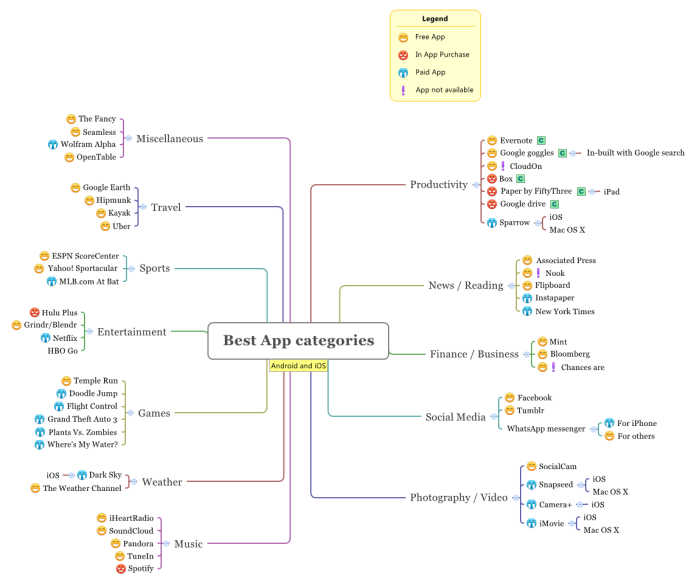It’s been more than four years since I started testing & managing mobile app projects ranging from the eBook app, eCommerce apps, food ordering apps, travel apps and news aggregator apps. This includes the creation of test strategies, hands-on testing, mentoring new testers and testers moving from web testing and even building a mobile testing practice. I am enjoying testing more than ever after getting into mobile app testing. The recent blog post from Katrina Clokie on Mobile pathway triggered to share some exercises that can help your mobile testing work enjoyable.
Playing Games One of the better ways to get acquainted with mobile technology is to play mobile games. I had terrible time coaching testers who were new to the industry. Coaching them testing concepts like test strategy, tests, SBTM and test coverage, HIG, Android fragmentation was not getting well with most of them. I was playing and addicted to The Room game then. So, decided to experiment by asking testers to play it. The next day I asked [forced] a couple of testers to play the game and take notes while playing, then to write an experience report after completing the game.
Testers face reaction changed from surprise [when told them to play], anxiety [when they opened the game], thrilled [when the complete the training mode] and excitement [after cracking each puzzle]. It took a couple of days for them to finish the game after testers felt more confident to explore new stuff. From then on it became the first activity when I start coaching mobile app testing. This opens up a whole new world of mobile to new [mobile] testers. There was pin drop silence during this exercise in CAST tutorial, in spite of Michael Larsen’s presence ;-), as delegates focused so intense in playing the game. A few months back, I was coaching a young tester outside of my job, and this is what she wrote.

Exploring Apps The mobile world is creative & sleek. The hardware integrated feature combined with touch interface encourages the designers to unleash their creativity. When testers explore various apps from the iOS and the Android marketplace, they learn how problems can be solved creatively and efficiently compared to the web. This helps in changing the tester’s mindset, especially if they are switching from web testing to mobile.
Some of the ways to find exciting apps are looking at the top rated apps from each app category and analyse to understand the reasons behind their success, search apps from featured categories, top 10 apps, Apple or Android recommended apps, apps that won design awards. Here is an example of how exploring apps can help bug advocacy or recommendations to improve UX. Below is a portion of a screenshot of mindmap from exploring some top apps.

Jailbreaking / Rooting If playing games and exploring apps help in understanding the power of mobile apps, rooting an Android phone and jail-breaking an iPhone contributes to gain a better insight of operating systems and file systems. During this exercise, one has to read and explore few online resources, which in turn open up learning and understanding few more mobile tricks and terminologies.
Tracking Trends Mobile Hardware and software are getting upgraded more frequently than any other technology. There are very regular updates not only from OS platform vendors but also from device manufacturers, upgrade at the hardware layer as well. Upcoming trends like wearable and IoT are interlinked with mobile phones. It is also vital to look at the history as well. Read, watch older iOS, Android release events; this will give an idea about why specific features are done in a certain way
Read them on your smartphone. Explore and find apps those are creative and easy to read news feeds.
Be a Fan Boy Connecting the dots, I am being an Apple fan, regularly involve on debates over Android Vs Apple in Twitter and many other forums. This forced me to read a lot about mobile technology. Later helped me to perform better when given the responsibility to set up a mobile testing division.
It’s not possible for everyone to become a fanboy or cult follower of a technology company or product. But it has its advantages. It’s hard to be a fanboy of Android and Apple unless you are Nandagopal ;-). There are many sites like CultofMac, Android Police that brings exclusive and exciting stories, start following them.
P.S: When I was about to post this I see James Bach’s reply to a tweet on how he forced himself to enjoy reading books on Kindle, these exercises are some of the ways to (try) forcing yourself to enjoy mobile app testing.

